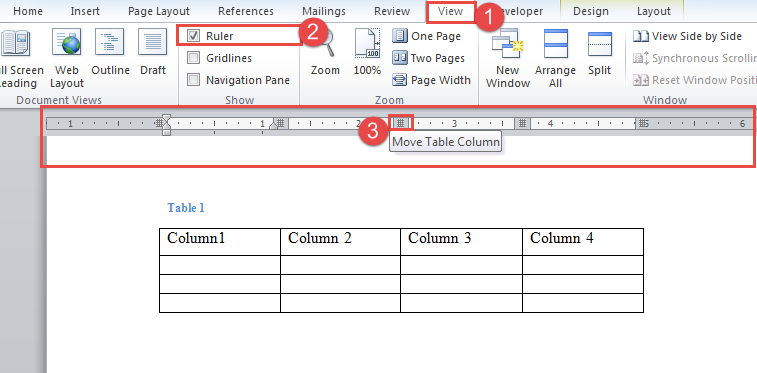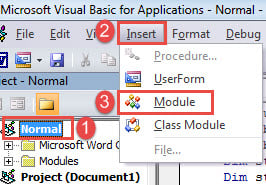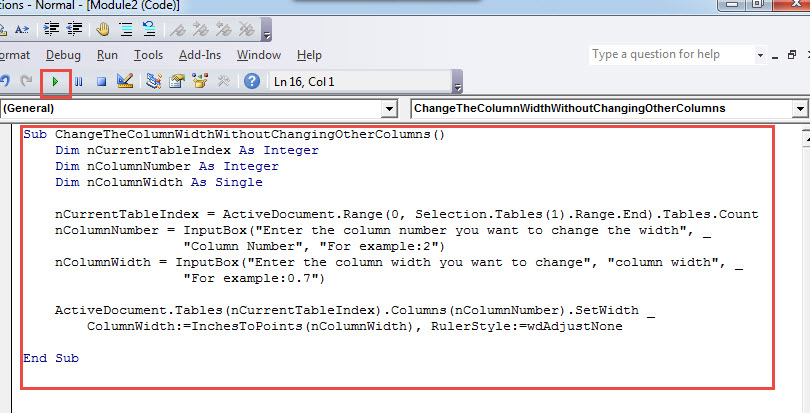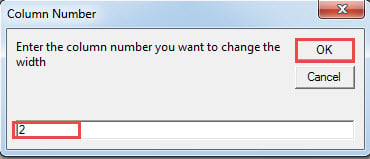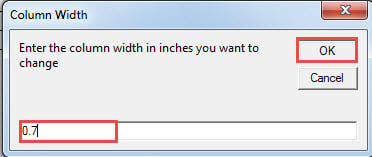In this article, we will demonstrate you 5 useful tips you can apply to adjusting column width in your Word table.
While managing Word tables, it’s common to adjust the width of one or several columns. Given to this fact, we want to discuss 5 smart tips associated to column width adjustment, each applicable to different scenario.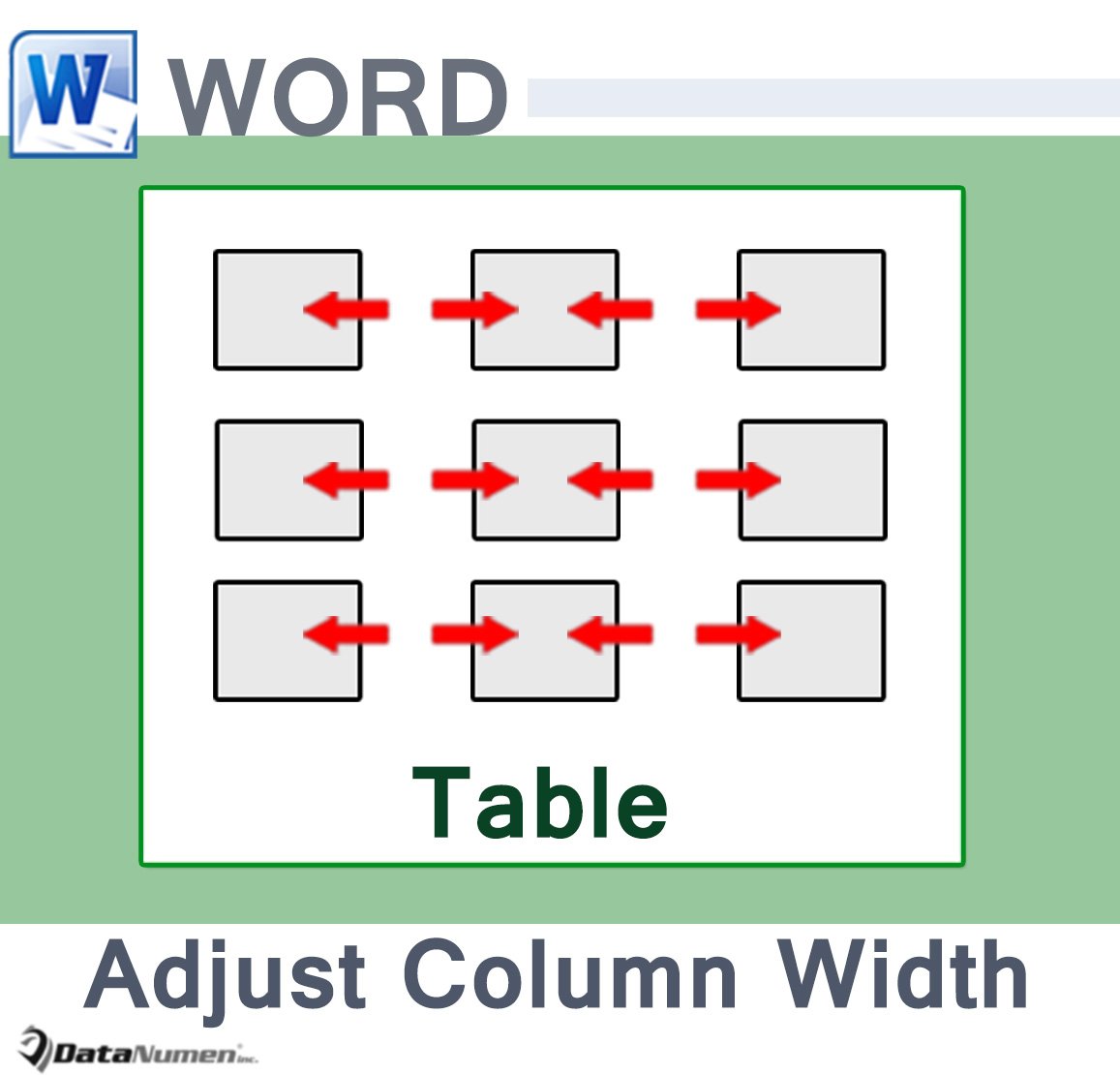
Case 1: Adjust the Width of One Column without Affecting Others
In the first case, we will offer 3 methods to resize one specific column but affecting no others. And it will also change the table width in the whole.
Method 1: Utilize Ruler
- First, click “View” tab and then check the “Ruler” box in “Show” group.
- Next you can see the ruler on the top of the document. And there are tabs on the ruler above each column border. Click on one of these tabs to adjust a specific column.
This approach affects just one column, but the table width will be changed.
Method 2: Use “Shift” Key
- First of all, press “Shift” key and hold down.
- Then move cursor over a column border until it changes to an icon of 2 parallel vertical lines with 2 arrows. And click to resize the column width next.
You can check following video:
Method 3: Run Word Macro
- To start off, put cursor inside a target table.
- Then press “Alt+ F11” to trigger the VBA editor in Word.
- Next click “Normal” project.
- And click “Insert” tab on the menu next.
- Then choose “Module” on the drop-down menu.
- Double click on module to open it and paste these codes there:
Sub ChangeTheColumnWidthWithoutChangingOtherColumns()
Dim nCurrentTableIndex As Integer
Dim nColumnNumber As Integer
Dim nColumnWidth As Single
nCurrentTableIndex = ActiveDocument.Range(0, Selection.Tables(1).Range.End).Tables.Count
nColumnNumber = InputBox("Enter the column number you want to change the width", _
"Column Number", "For example:2")
nColumnWidth = InputBox("Enter the column width in inches you want to change", "Column Width", _
"For example:0.7")
ActiveDocument.Tables(nCurrentTableIndex).Columns(nColumnNumber).SetWidth _
ColumnWidth:=InchesToPoints(nColumnWidth), RulerStyle:=wdAdjustNone
End Sub
- Now click “Run” button or hit “F5”.
- In “Column Number” input box, enter a column number and click “OK” to move on.
- Next in “Column Width” box, enter a value and click “OK”. By the way, the unit here is inch.
Case 2: Adjust the Width of One Column and Affect the Ones after
This method allows you to change one column width, and set same width for all columns after.
- Firstly, press “Shift+ Ctrl” and hold down.
- Repeat step 2 in method 2 above.
The table width will not be changed.
Check result in this video:
Case 3: Adjust the Width of a Specific Column and the Right Next One
To keep the table width intact while changing one column width and the one next, here is your way.
- Press and hold down “Ctrl” key.
- Then repeat step 2 in method 2 above.
Here is the demonstration:
Don’t Forgo Broken Documents
You may get damaged documents due to Word corruption. But fear no more if there is no backup to resort to, you can always take your shot to get a repairing tool. And we can say comfortably that you will receive a satisfying result.
Author Introduction:
Vera Chen is a data recovery expert in DataNumen, Inc., which is the world leader in data recovery technologies, including xlsx repair and pdf repair software products. For more information visit www.datanumen.com
